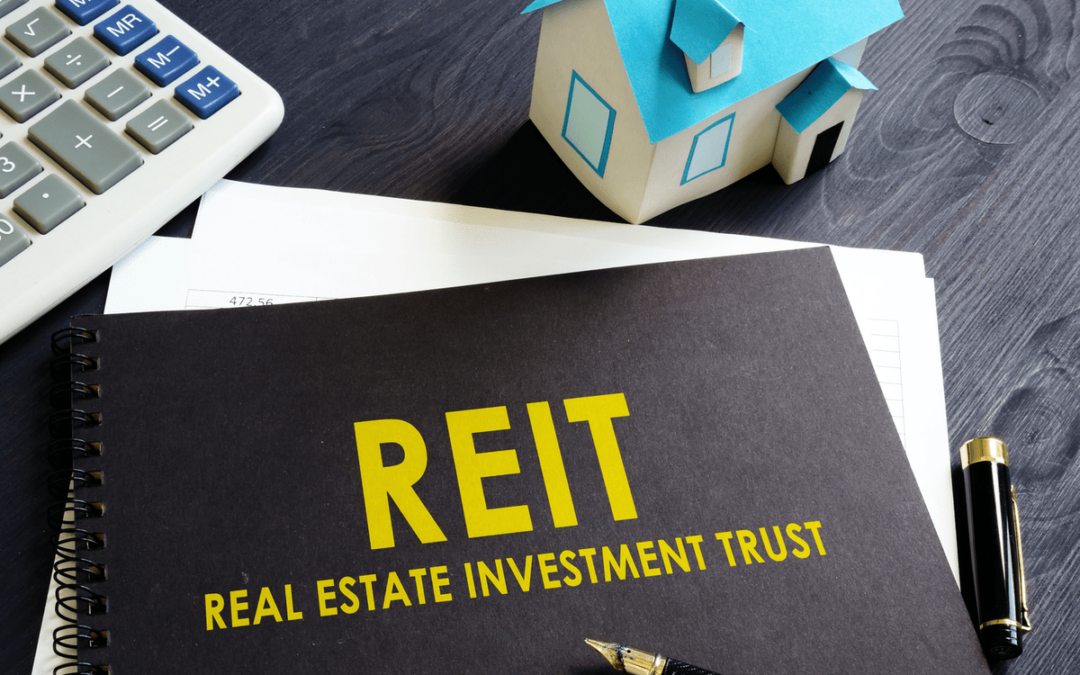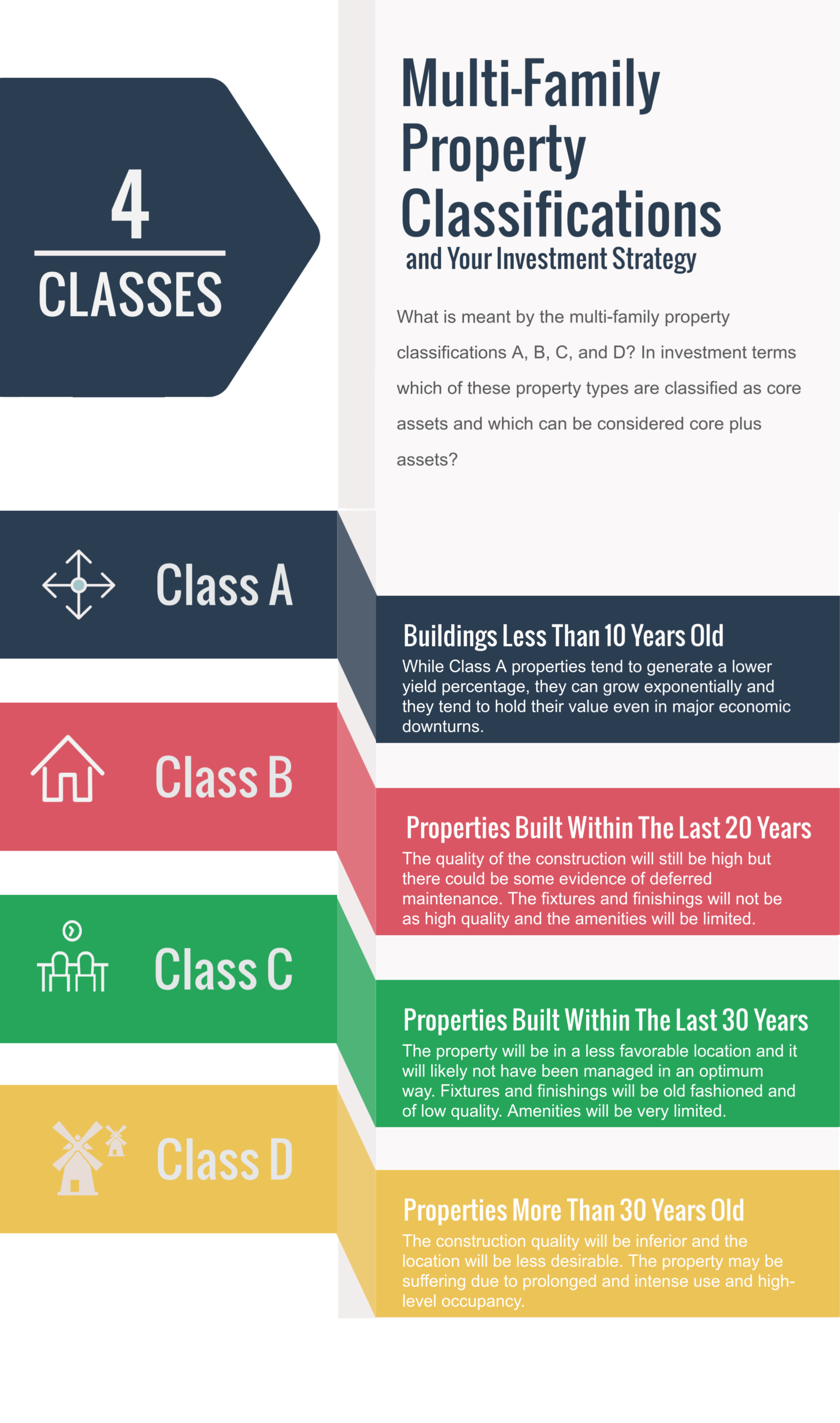
Understanding Preferred Returns
As an investor, there are various ways you could put your money to work. When you’re in the world of private placements, you may have heard of preferred returns. These refer to the order in which profits from a project are distributed to investors. Preferred return indicates a contractual entitlement to distributions of profit. Those who were promised preferred returns are given priority when the distribution of profits happens. This is maintained until a predetermined threshold rate of return has been met.
Preferred returns are usually expressed as a percentage of return on an annual basis. For example, if in an agreement you were promised a preferred return of 8% for a $100,000 investment, then you would receive $8,000 ($100,000 x 0.08) in annual return if available from the net revenue.
As an investor, the rate of preferred return is a vital component in checking the health of a particular investment, as it reveals the intent of your partners in returning your money. When you have preferred returns, you’re given priority over the company’s income before the general shareholders. That means the people running the company should work hard enough to not only meet the promised preferred returns but also generate enough excess income to be profitable.
In short, the operators will be focused on reducing the time spent before you get your return on investment, to increase your overall return. This will ensure that your goals as an investor and the goals of those running the company are in sync, and no one is out to cut the other short.
By the nature of preferred returns, it is indeed more advantageous to the one with the capital. Thus, when you’re offered an investment, it pays to look for this clause. An operator may choose not to offer preferred returns because doing so will delay their split of the profits. While this is acceptable, as an investor, you may see this as a misalignment of interest. Another reason why operators may not offer preferred returns is if they are not as well-capitalized and need the proceeds from the cash flow to fund their syndication operations.
Types of Preferred Returns
Now that we’ve talked about preferred returns, let’s discuss their types.
The first is cumulative versus non-cumulative. When you’re tasked to review a private placement memorandum (PPM), you will want to make sure that you take note of whether it’s a cumulative preferred return. Cumulative preferred return is ideal because it will help protect your overall return and here’s why.
Remember our example earlier? Let’s say, you’re given a preferred return of 8% per annum. In a non-cumulative preferred return, if you do not receive your total preferred return for one year, then you lose the difference. Say, in year 1 you receive back 6% (rather than the 8% that was anticipated). With a non-cumulative return, you forfeit the right of getting the difference after that year has elapsed. Every year the preferred return resets and does not carry forward.
A cumulative preferred return gives you the right to add the difference and roll it over to the next year. For example, if your preferred return was 8% and you only received 6% one year, then your preferred return the following year would increase to 10% (8% + 2%).
In the normal business cycle, cash flows are expected to increase year to year as operations begin to stabilize and become more profitable. Thus, while the promised return in percentage is fixed, the actual value of such will be bigger since the number where it’s computed from also gets bigger as the years pass. This can lead you to get a return on investment sooner.
As a reminder, always read your documents carefully to be aware of whether you are investing in projects with a cumulative preferred return.
Another type of preferred return is the preferred return with catch-up. This setup is considered the second position in the waterfall distribution schedule. Here, once your share of the profit is achieved and is set aside, the operator receives all or most of the profits until the operator “catches up” and reaches the same portion of equity you received. This type of catchup provision allows the operator to receive its entire equity split as originally agreed by both parties.

What Else To Know
Another aspect that you should know about concerning PPMs is the difference between Preferred Returns and Preferred Equity. To differentiate both, let’s go back to the life cycle of the investment. Assuming that funding is already secured, your investment can either be with a preferred return, preferred equity, or both. We discussed how preferred returns work. When it comes to preferred returns, the actual return of your overall capital is not in the picture.
When you have preferred equity, you’re prioritized to get your returns during the hold period and also have a priority treatment to get back your initial capital when the asset is sold.
So it is a good business practice to consider adding an equal amount of preferred equity and preferred returns in your portfolio for risk management purposes. Preferred returns help you with a steadier, consistent cash flow; while as a preferred equity investor, you would receive your specified return and your initial capital back before any of the other investors.
When Do Preferred Returns Go Away?
Preferred returns are often calculated based on how much capital you contributed times the interest promised. However, there are distribution structures where your payouts are deducted from your capital. Thus, every payment you receive means a return from the capital you invested. This will also mean that since your returns are based on your unpaid capital, then it’s safe to assume that you will get smaller payments over time.
Some operators will say that this is a good idea because you are not paying taxes on the cash flow. However, since your preferred returns are based on unreturned capital contributions, your preferred returns will gradually diminish. Some operators prefer this structure because it allows them to achieve profitability quicker.
As an investor, It’s generally better to choose preferred returns that are distributed from profits alone and not deducted from your initial capital so that your payouts will not be diminished. Typically you do not have to worry about the taxes right now anyway, since the depreciation each year should offset all the distributions you receive.
You also do not have to worry about the return in the capital, as preferred returns are not the most efficient way to get it back. Usually, to reduce your unreturned capital contributions or get it back completely, you need to go through a capital event such as a refinance or supplemental loan. Through these events, you would receive a portion of your initial capital back and this amount would reduce your unreturned capital contributions.
To make the above example less confusing, let’s pick up from our last scenario. You invested $100,000 and because of this, you will be getting an 8% preferred return rate (or $8,000 a year). Instead of deducting this amount from the initial capital, treat it as a dividend gain. In year three, when the operations have stabilized and the company is ripe and due for refinancing, that’s the time you can lobby to get a portion of your capital back. Your preferred return would then be based on the remaining unpaid capital. Thus, if during the said refinancing you were able to get around $40,000 back, then you will still be able to enjoy the fruits of the 8% preferred return rate on the $60,000.
With this example, it is important to note that even though your unreturned capital was reduced, this does not reduce your equity position in the overall deal. This amount is only used to calculate your preferred returns. However, some operators will reduce your equity position during a refinance or supplement loan, so be very diligent in reading the PPMs to make sure you know exactly what you are getting yourself into from the start.
Conclusion
Remember that just as with any venture you may get into, always protect your capital first. That’s the basic rule of risk management. Do not look so far ahead, especially to the potential gains, and overlook the red flags and risks that might be lurking in the PPM. Look at preferred returns as a powerful tool for you to protect your capital. It allows you to have preferential treatment in getting back your capital (and more) and eventually helps you grow your portfolio as a passive investor. By carefully choosing preferred returns, you reduce your risk when putting your money in private placements, since you are prioritized to receive the proceeds of all cash flows first.
















